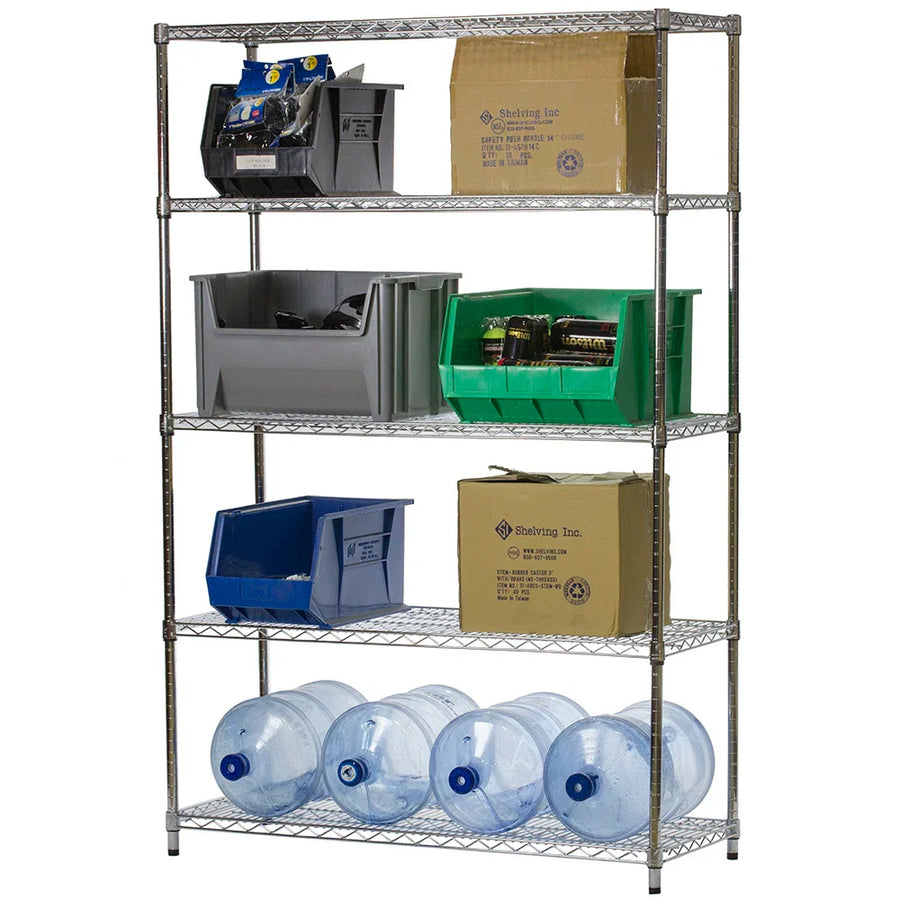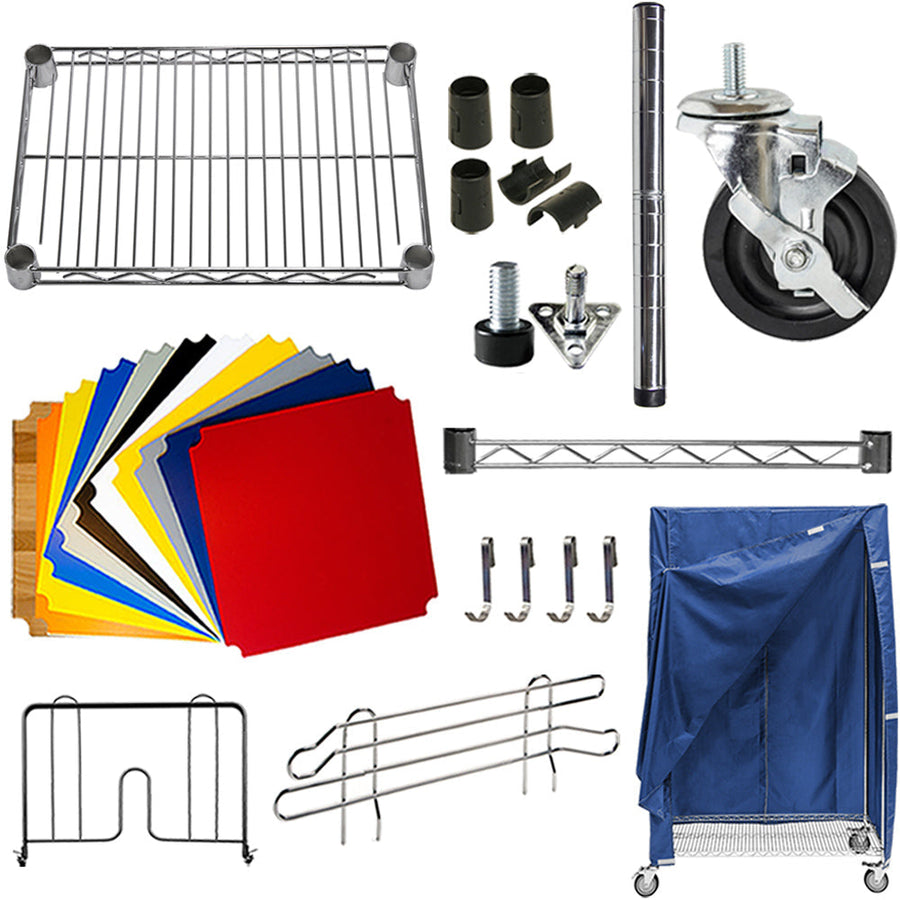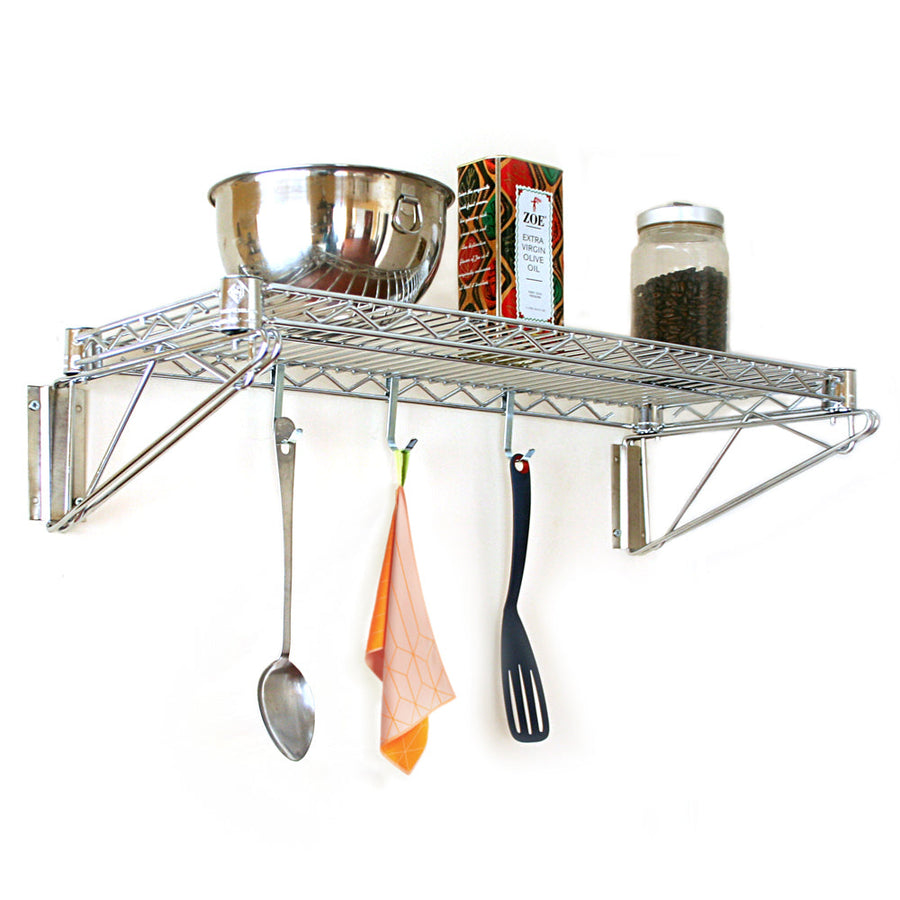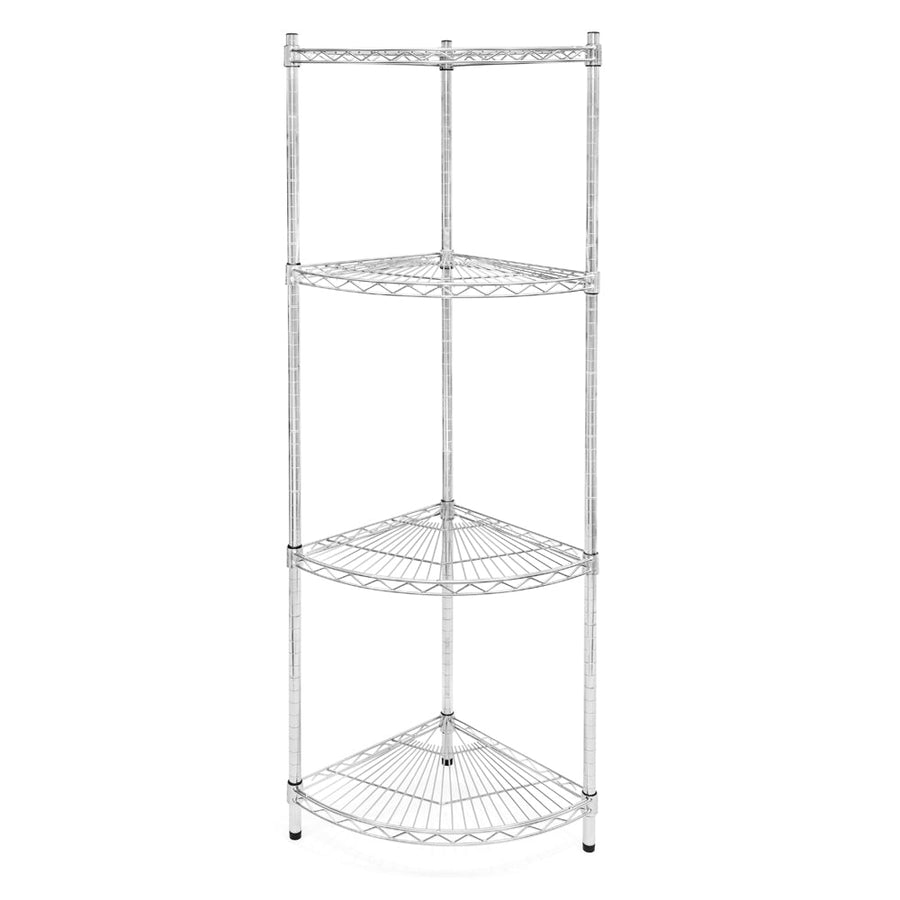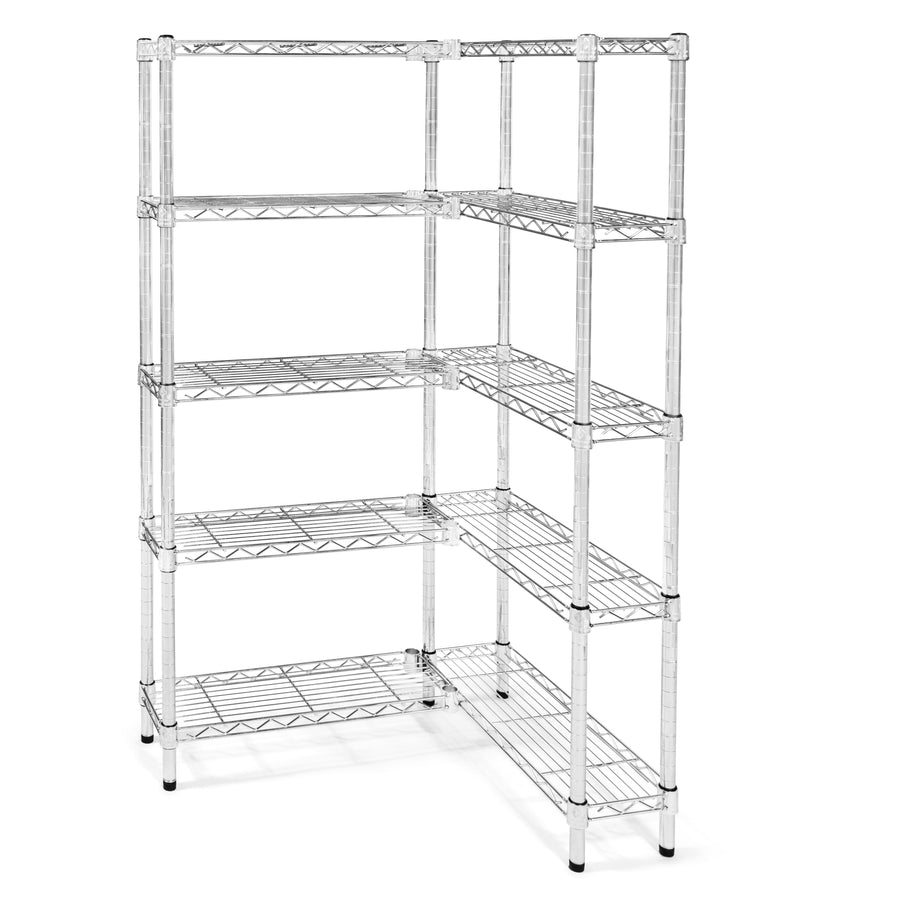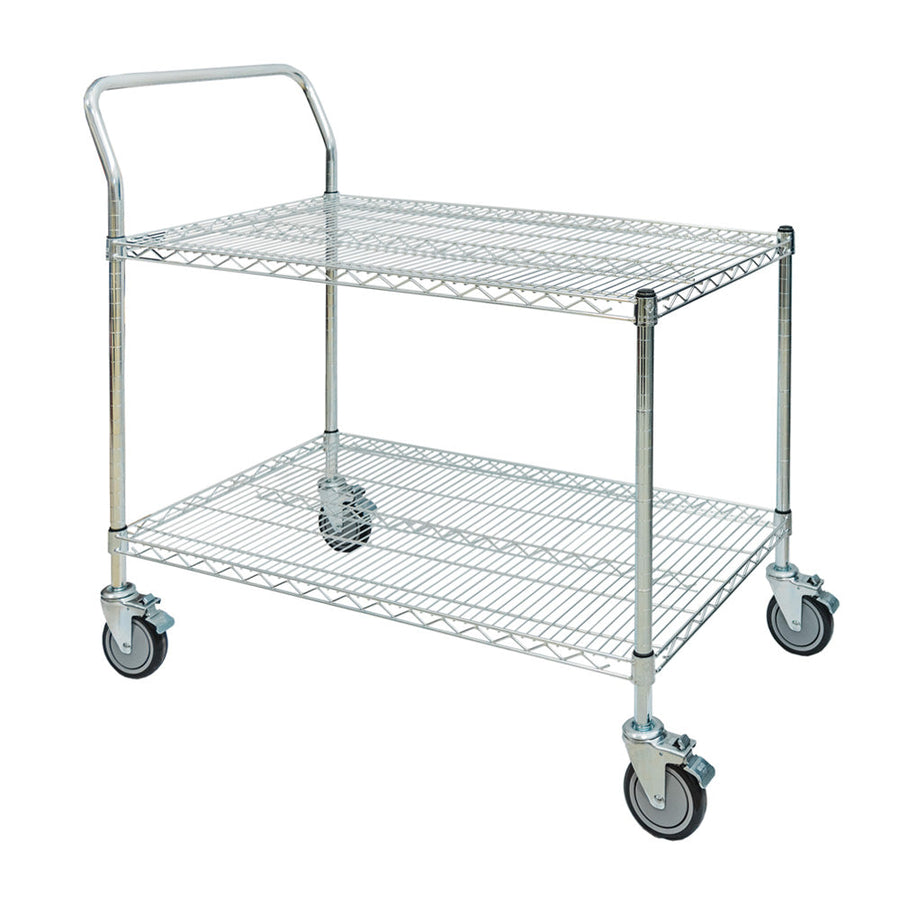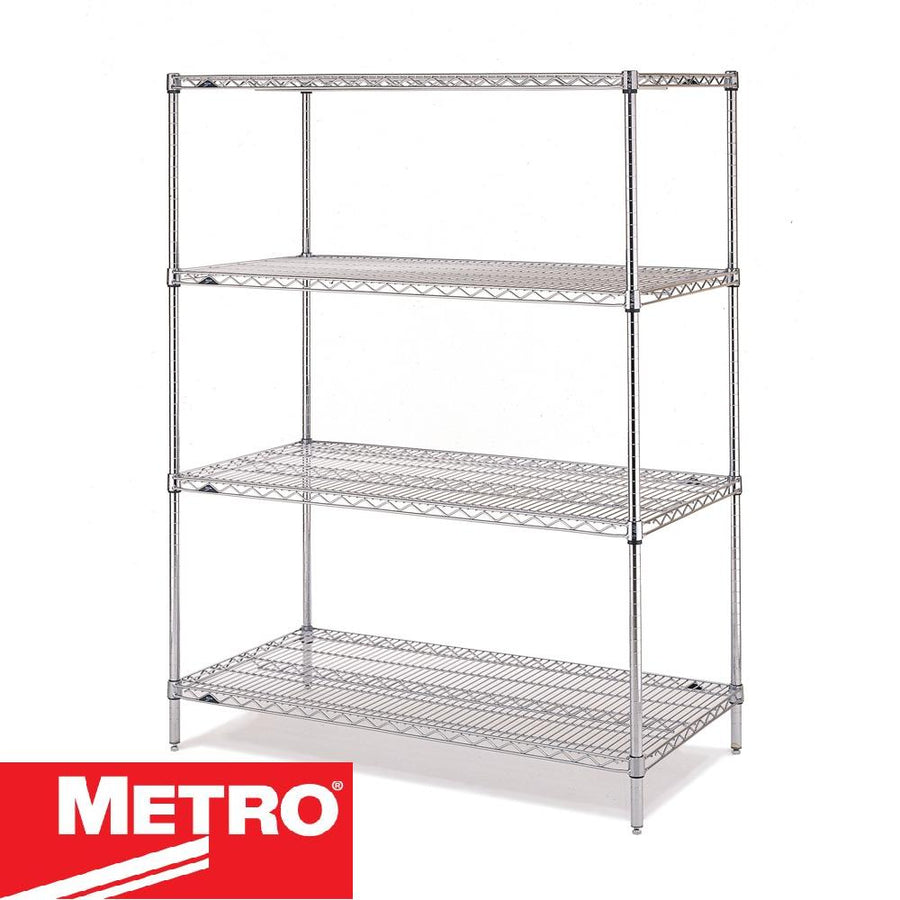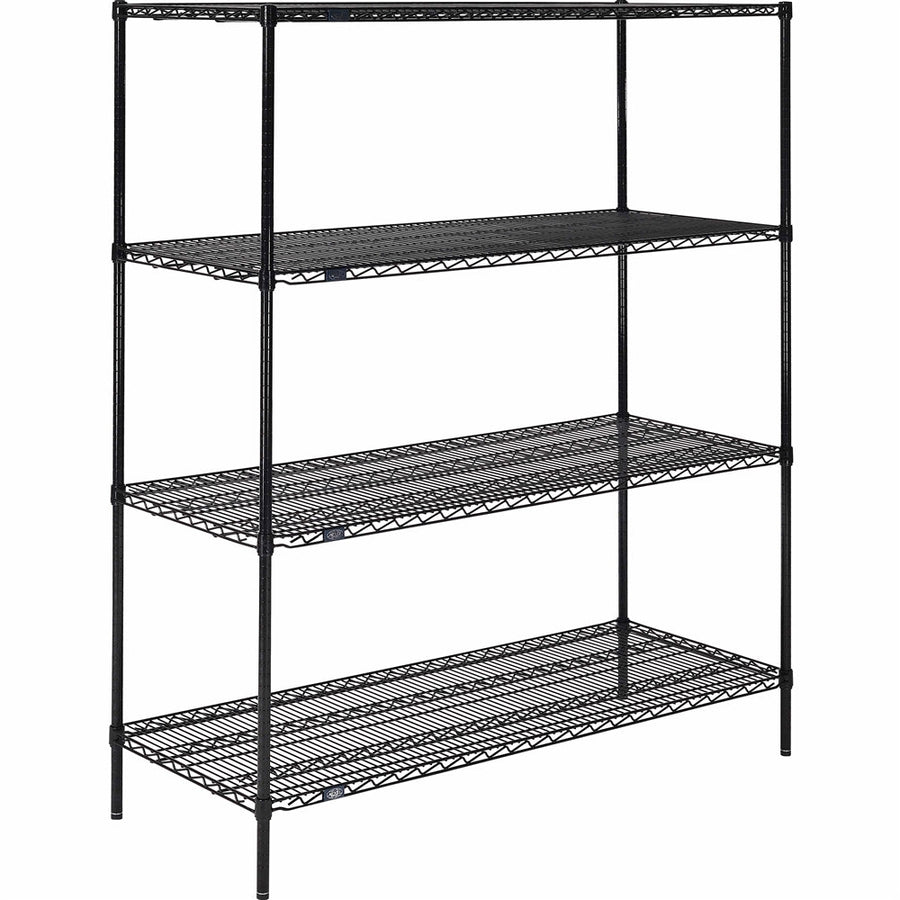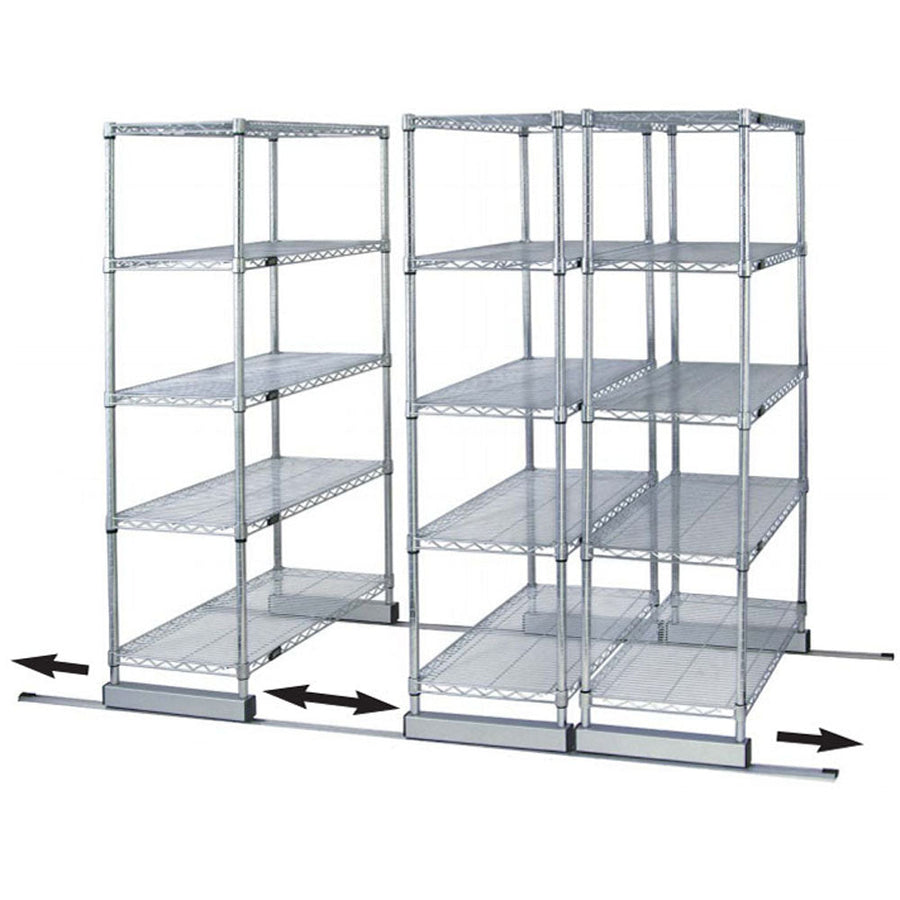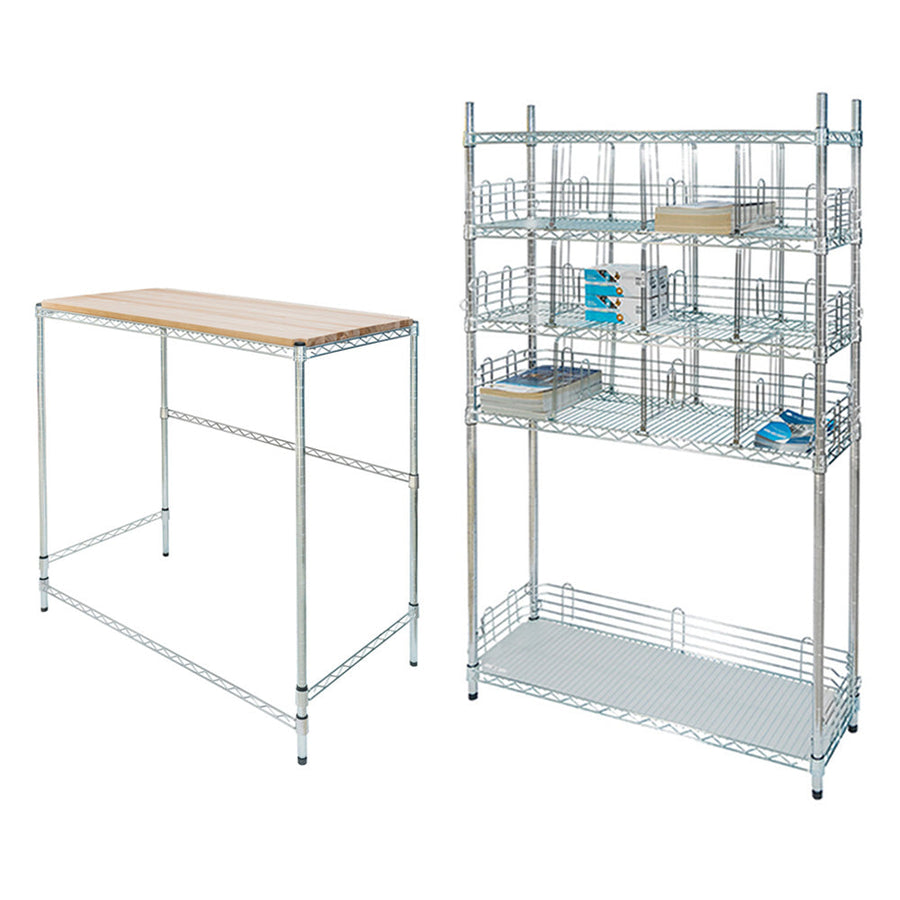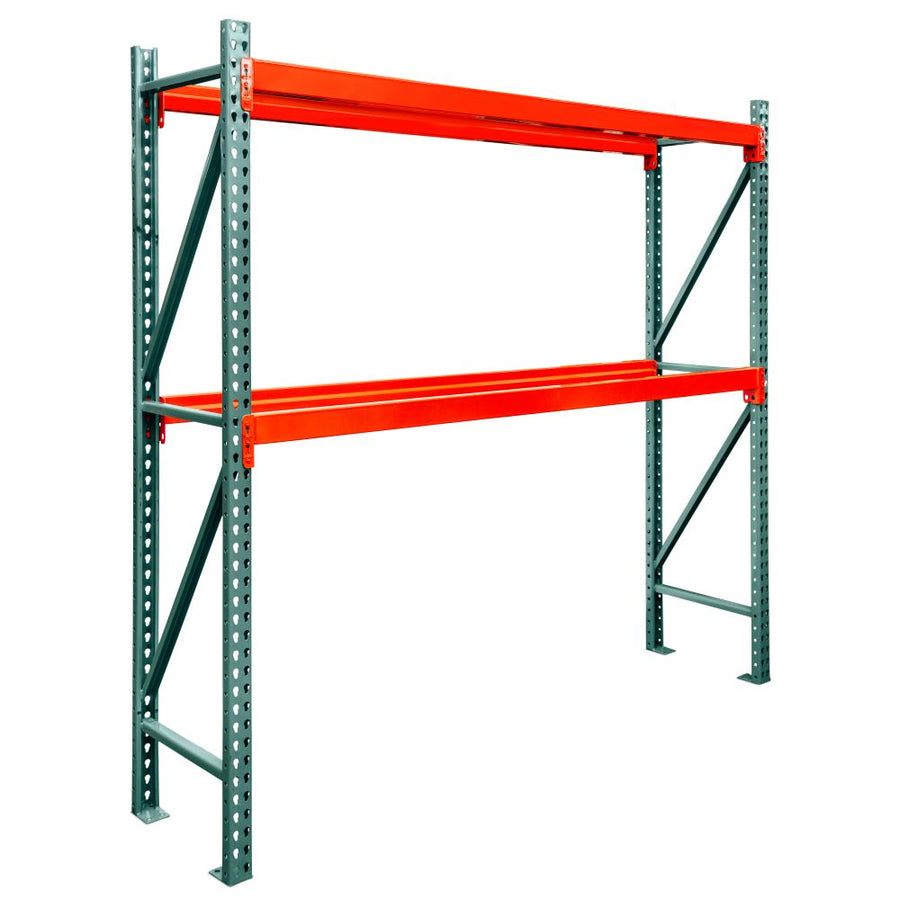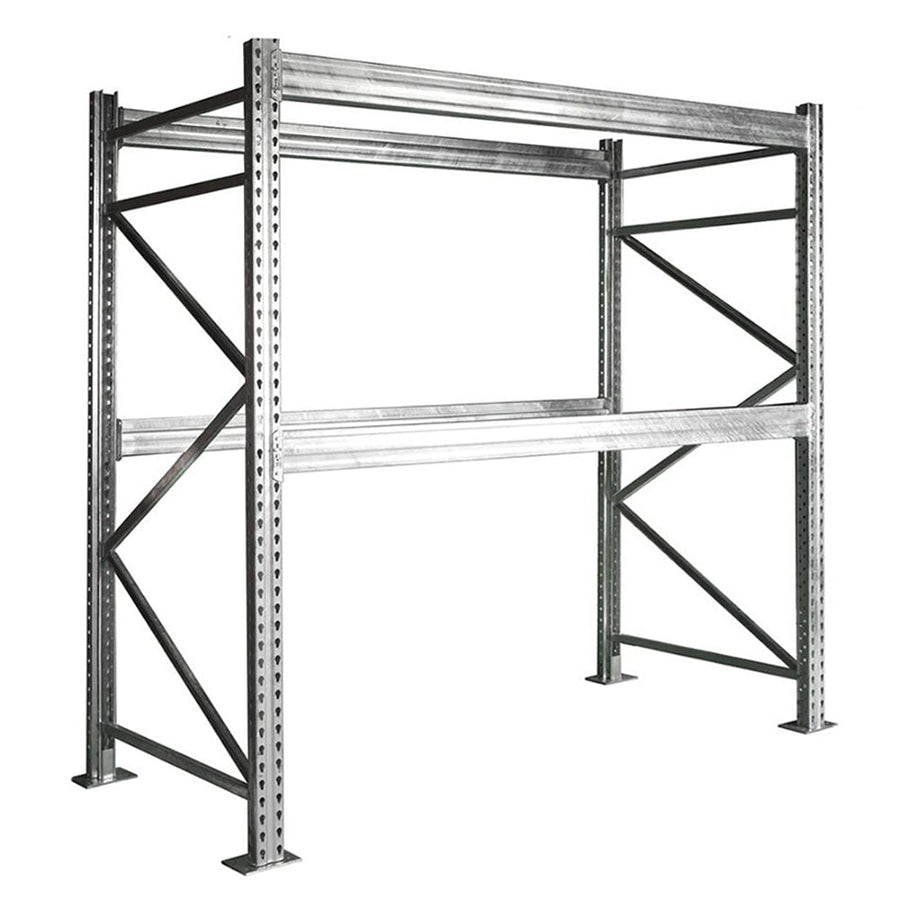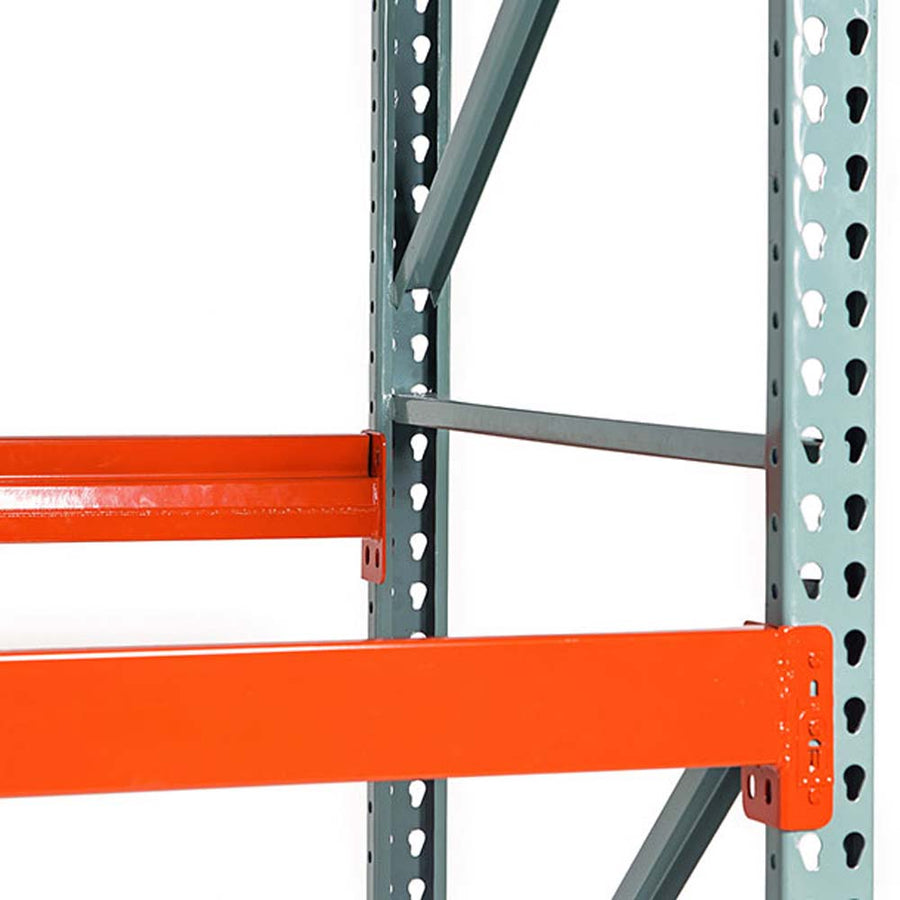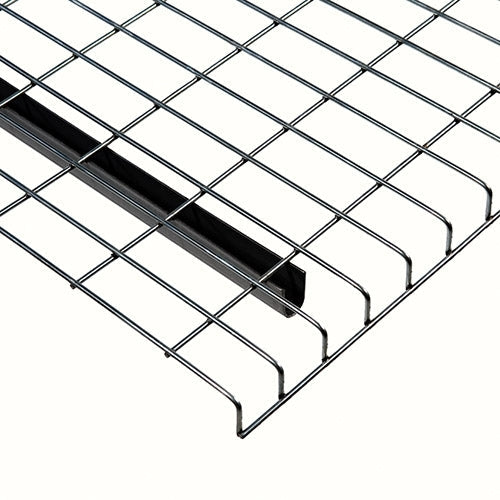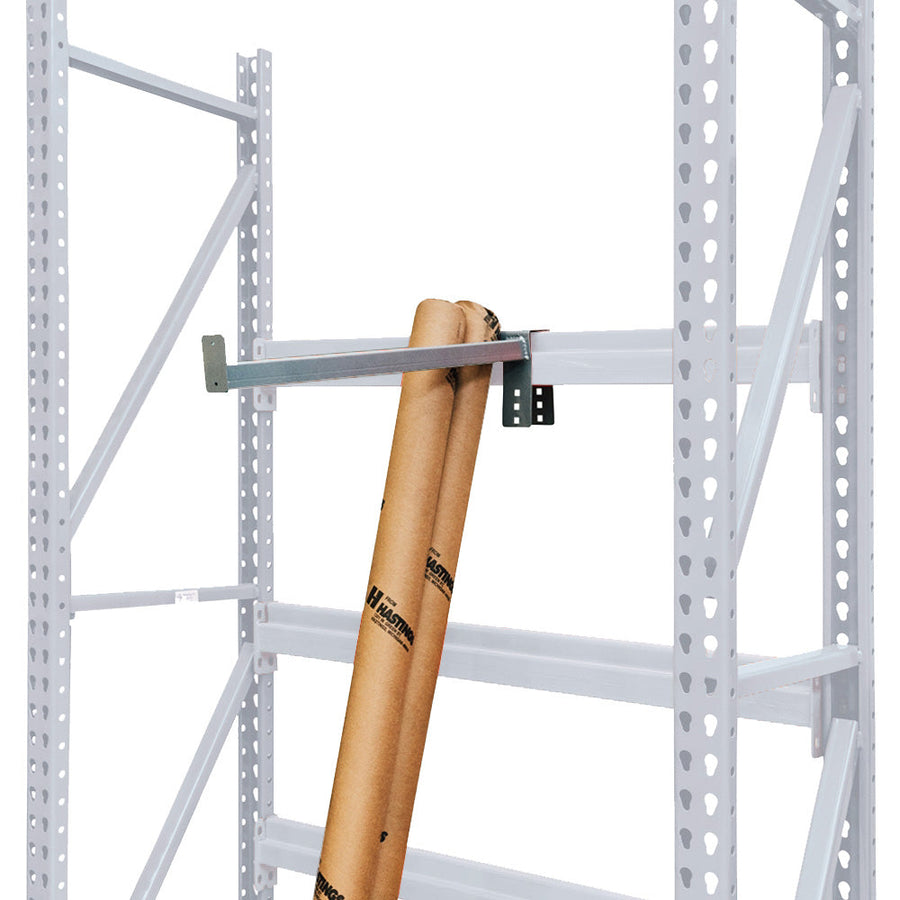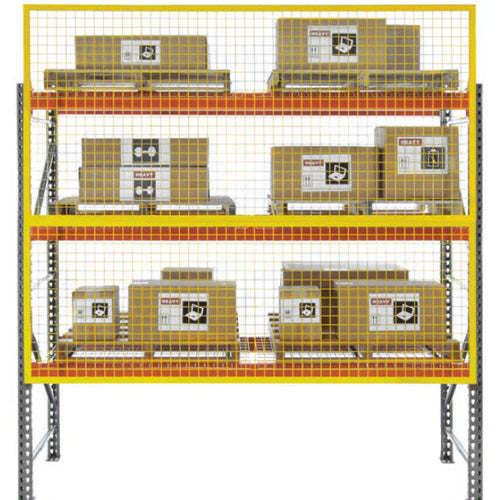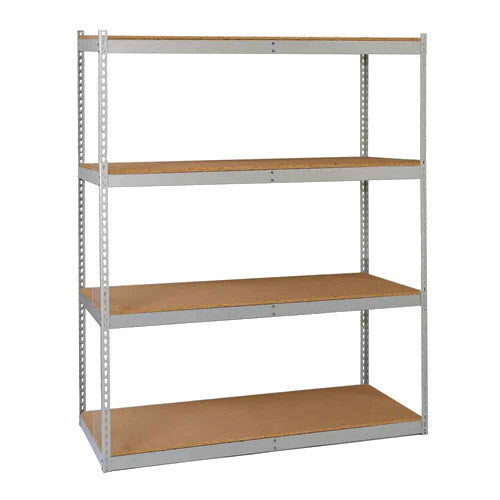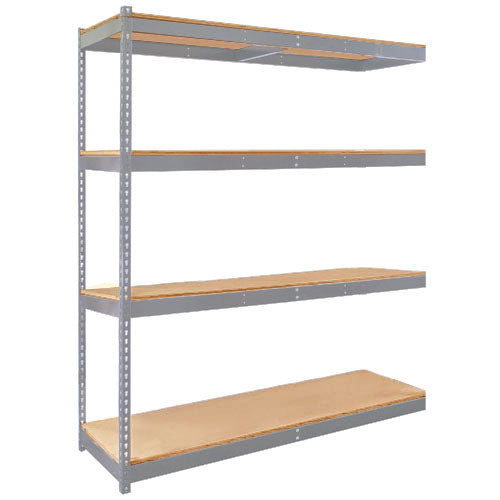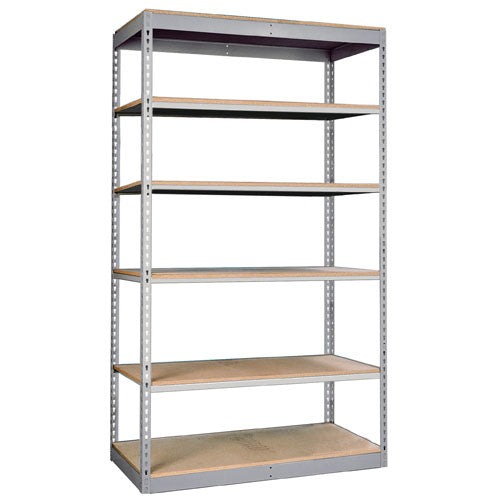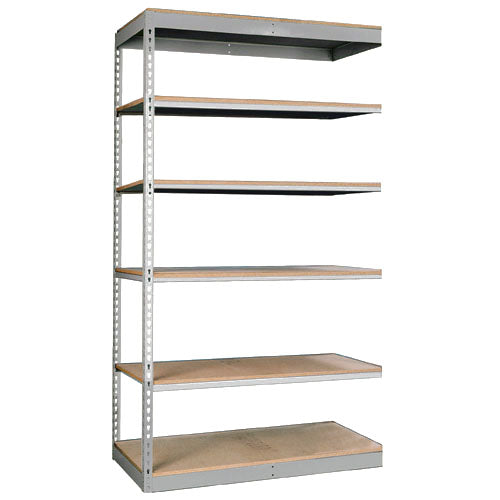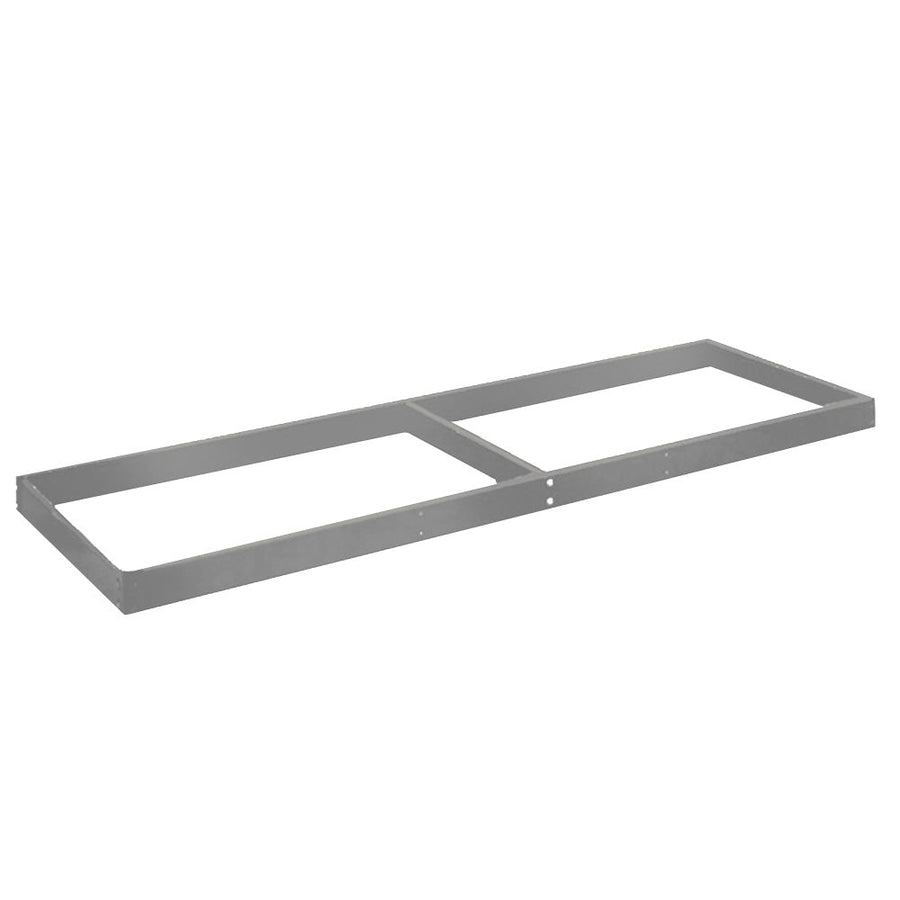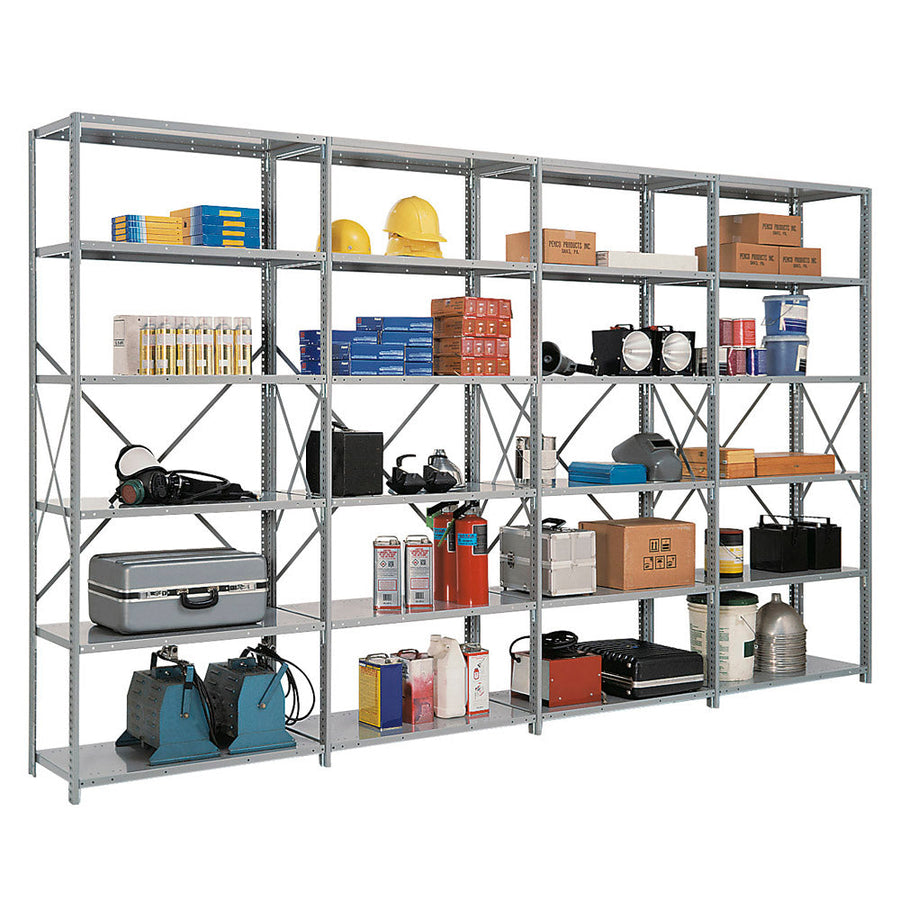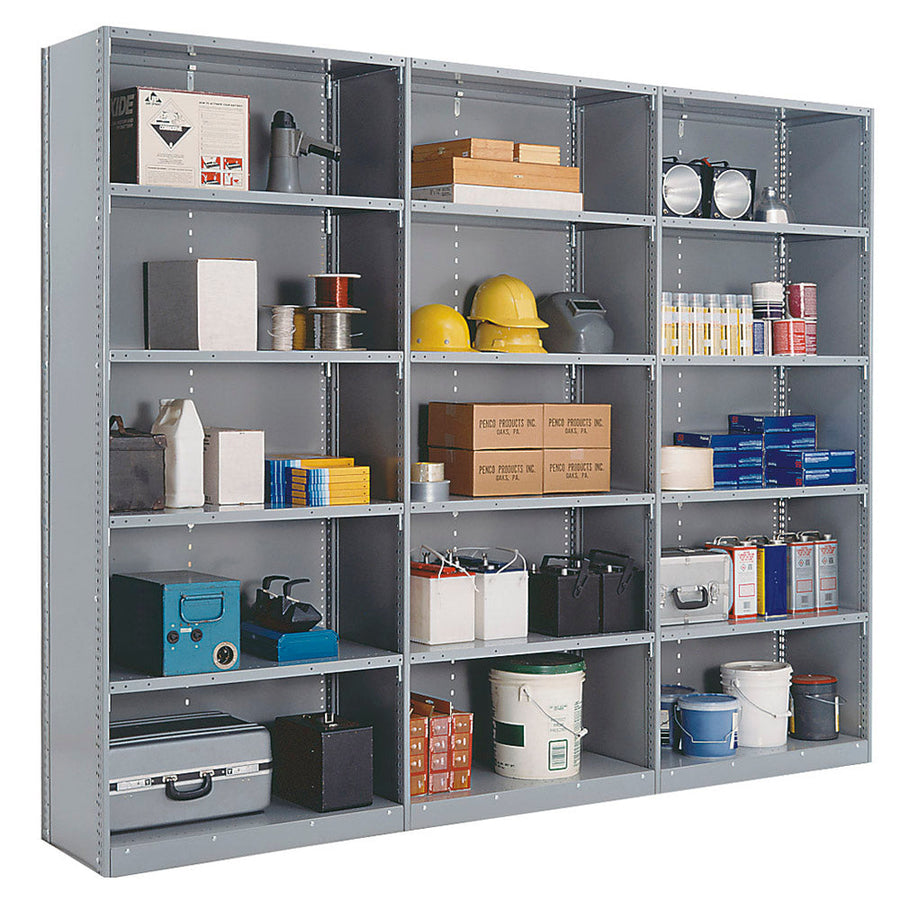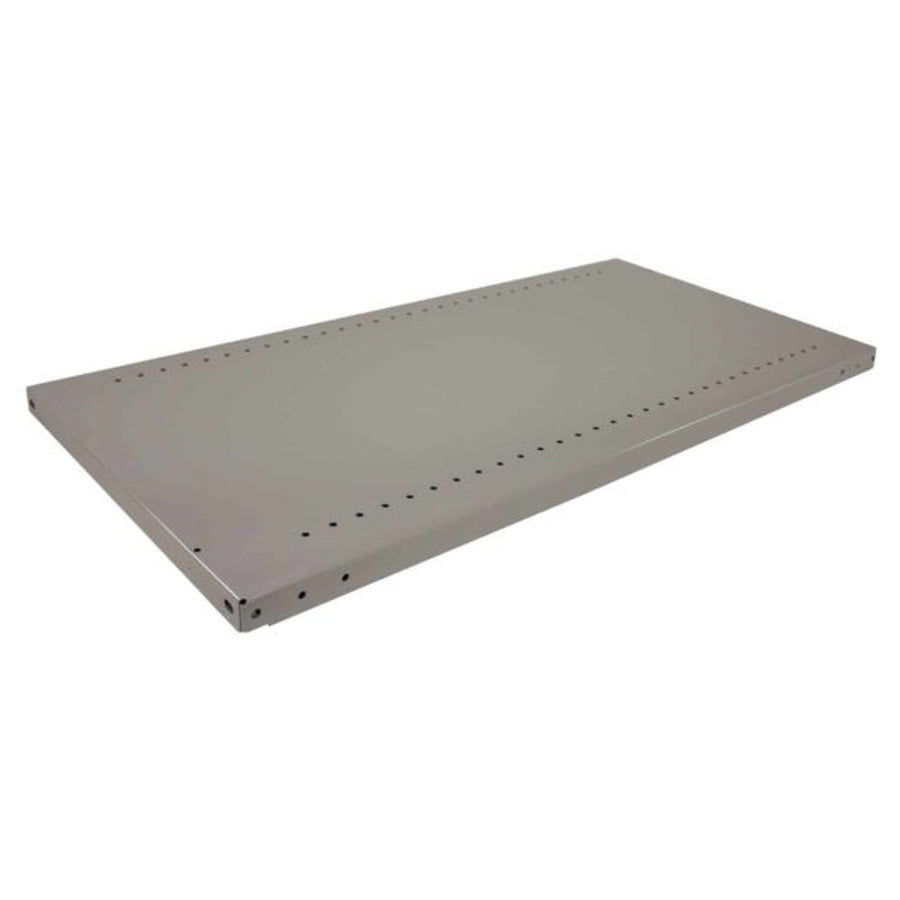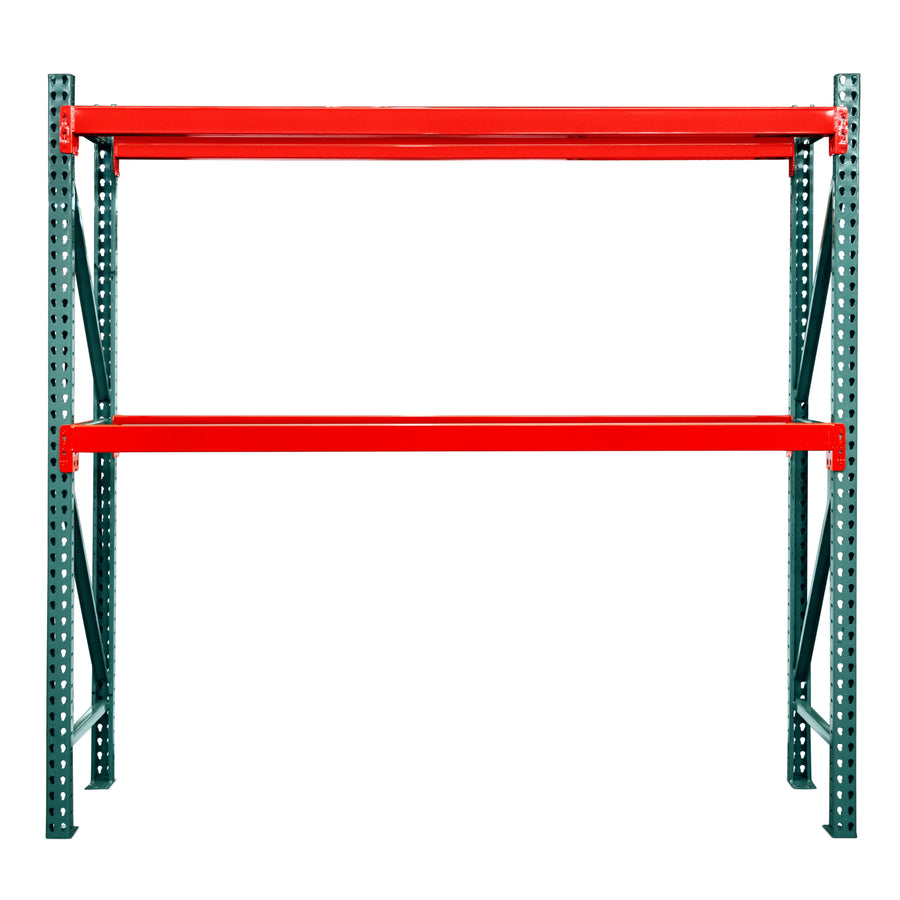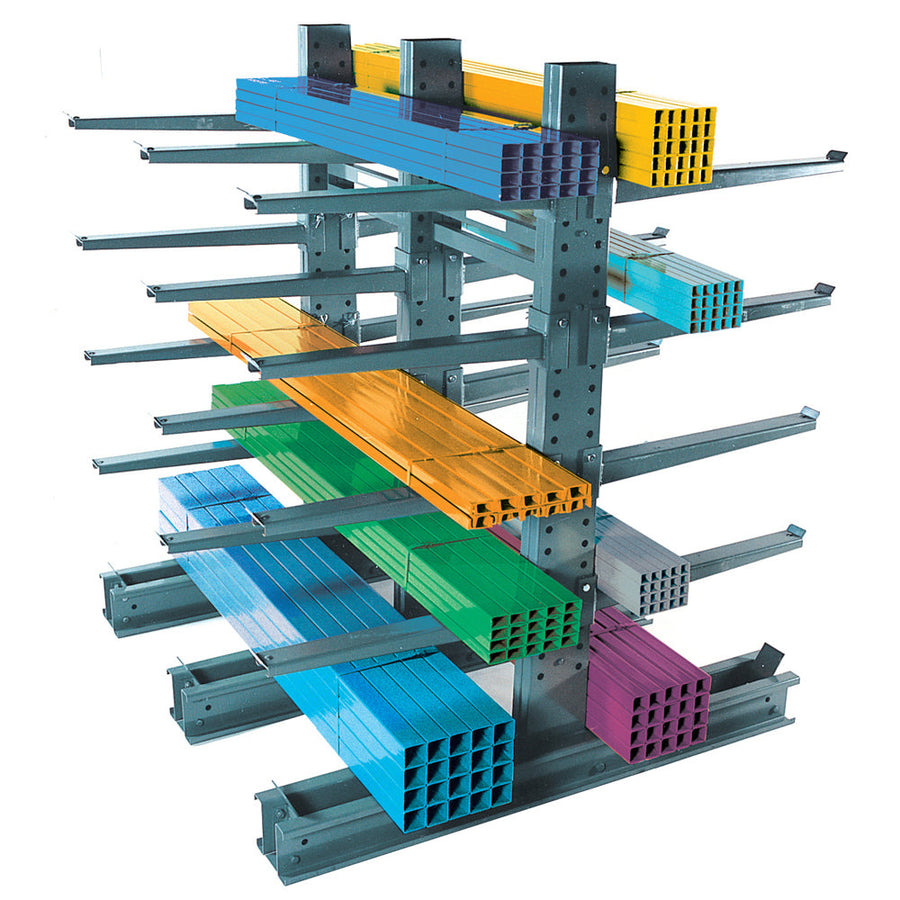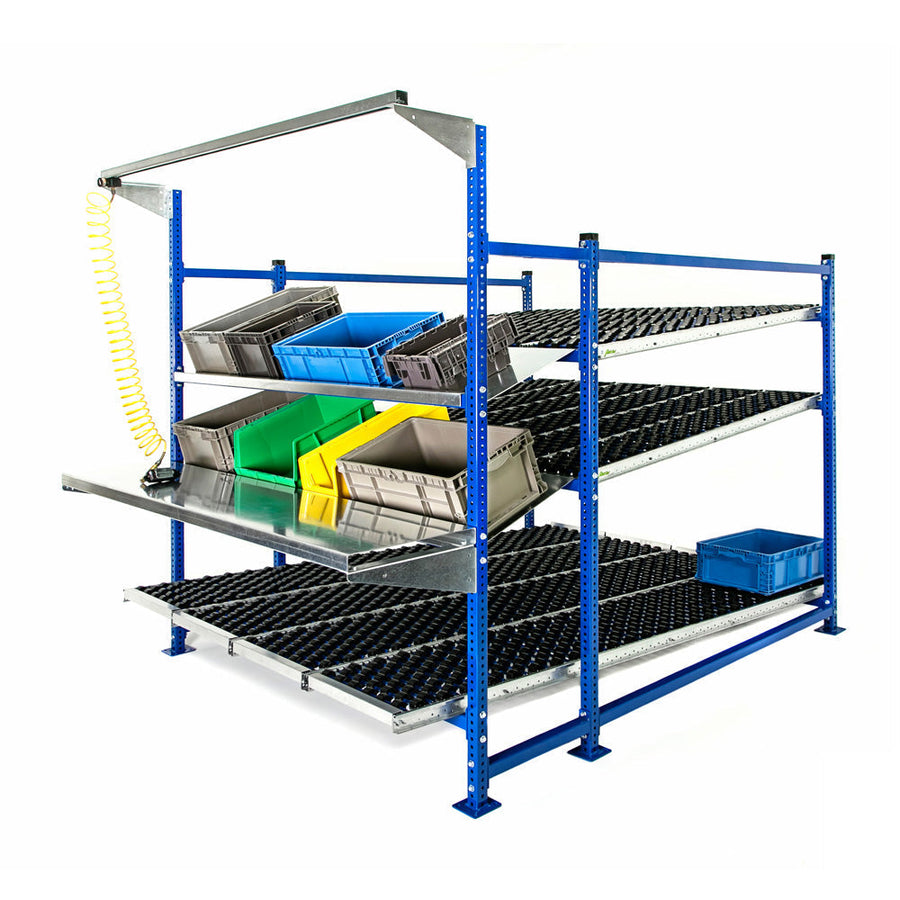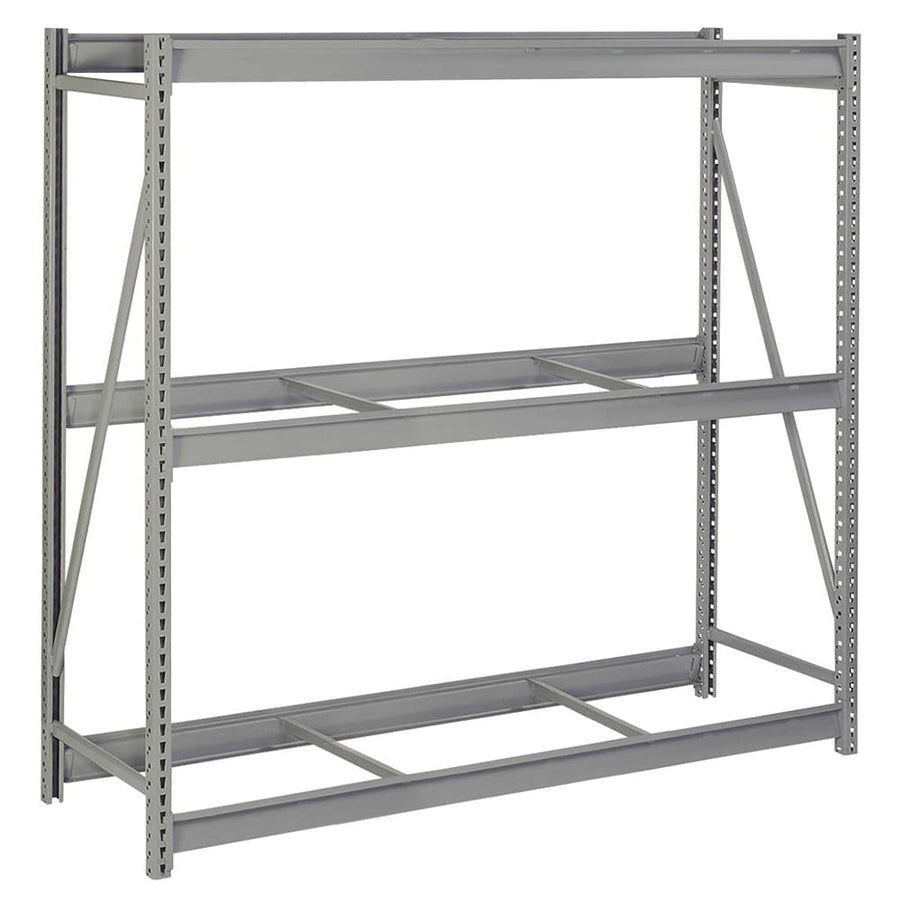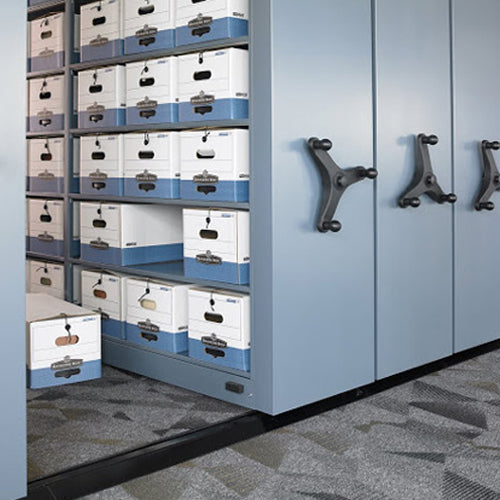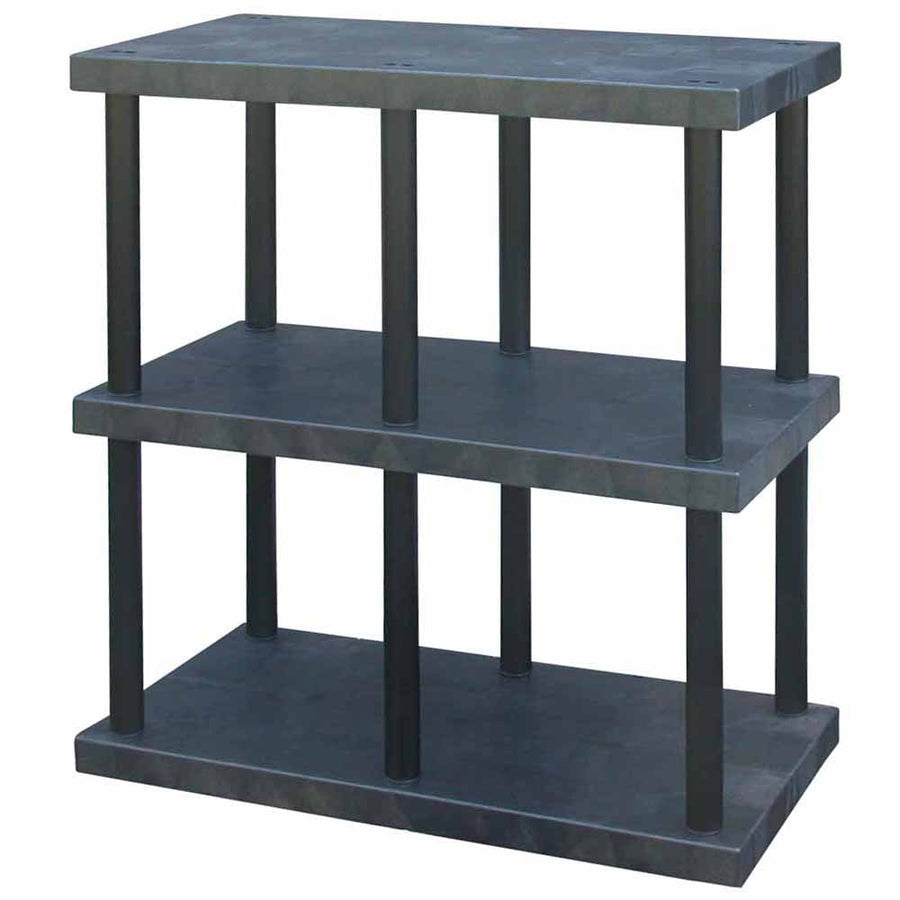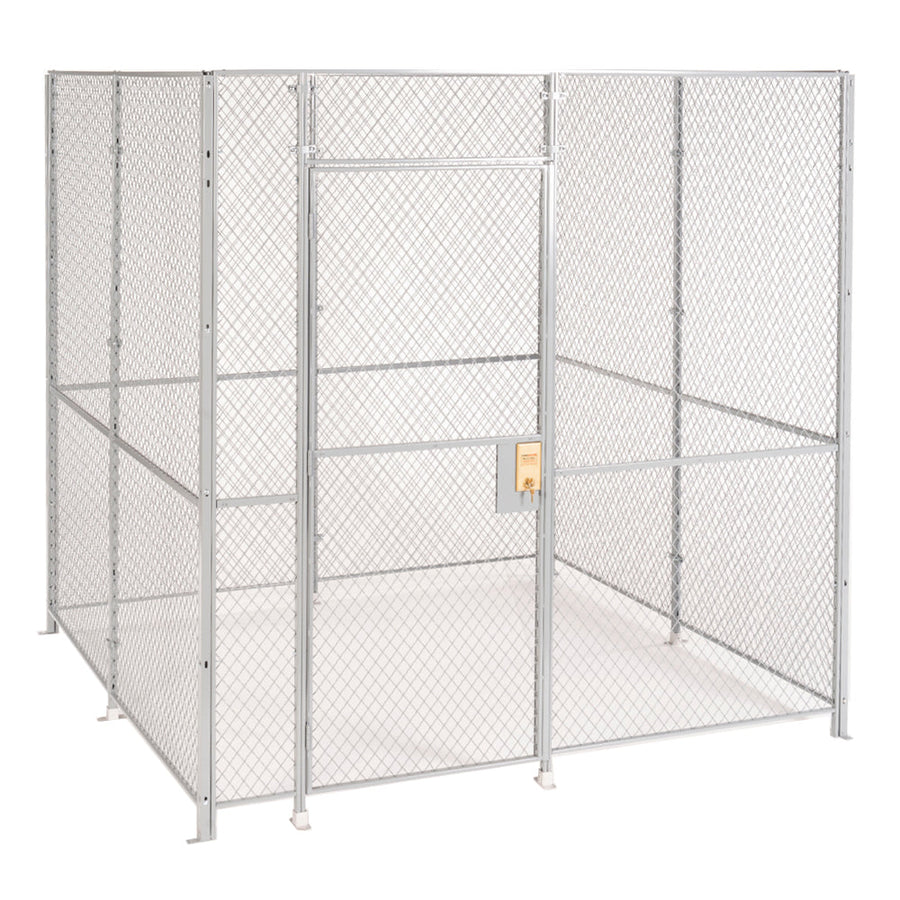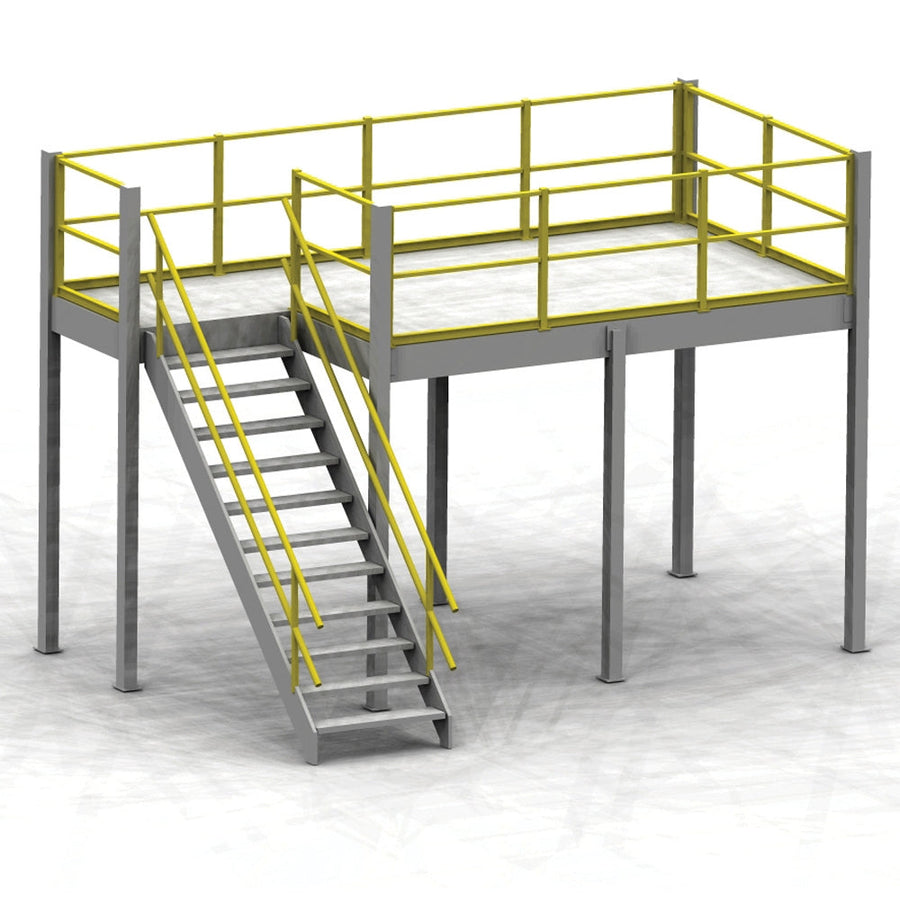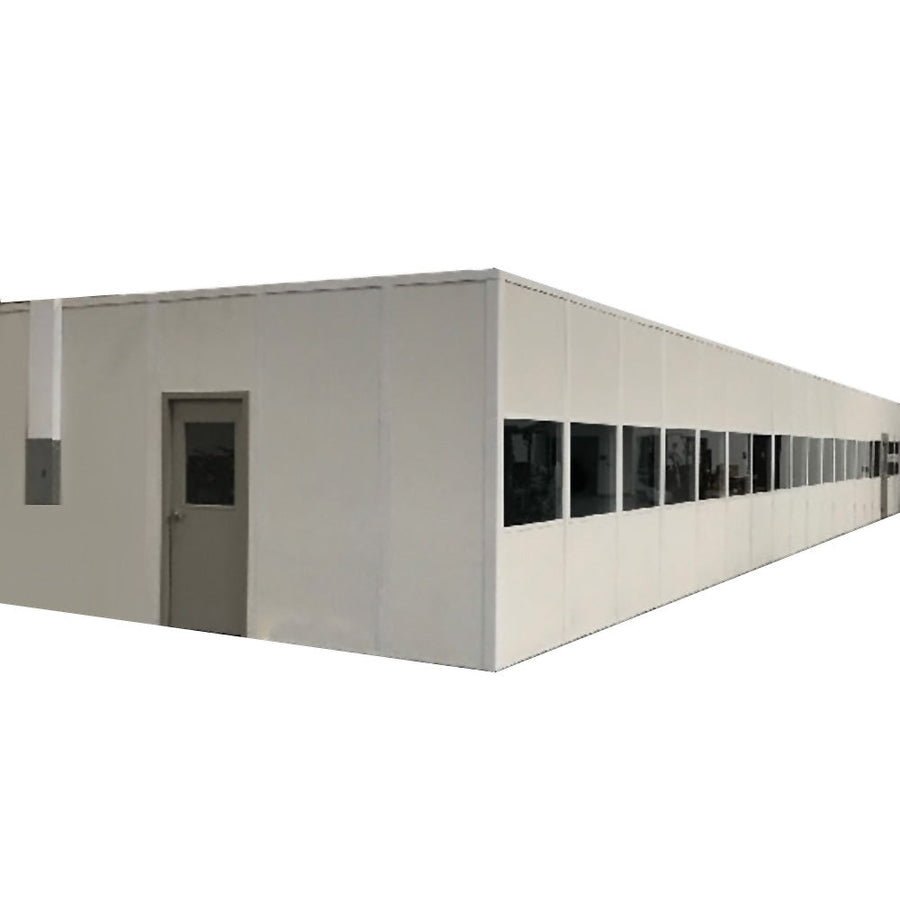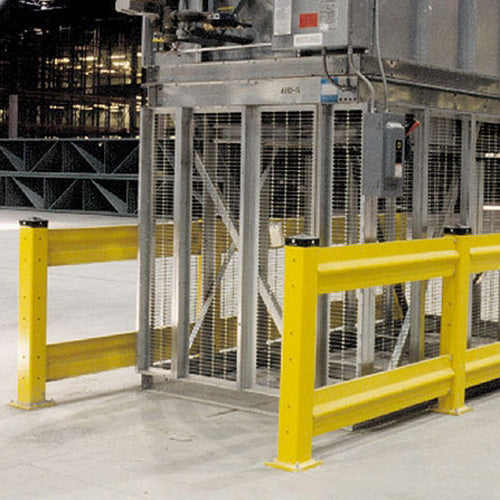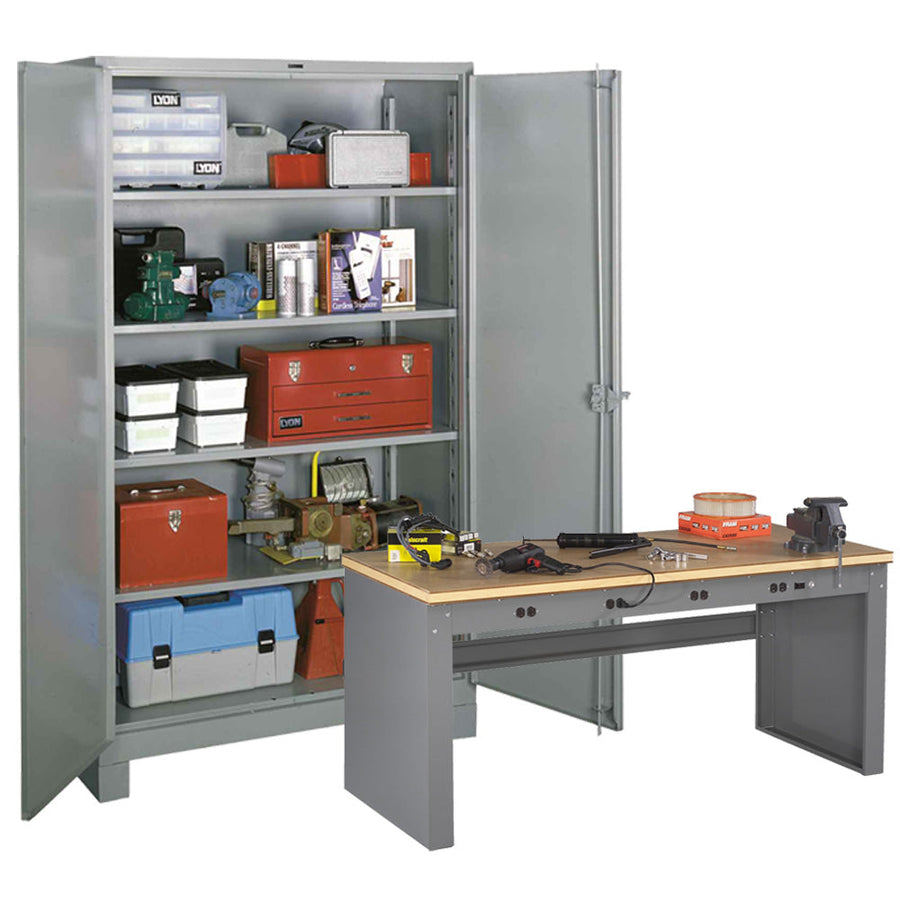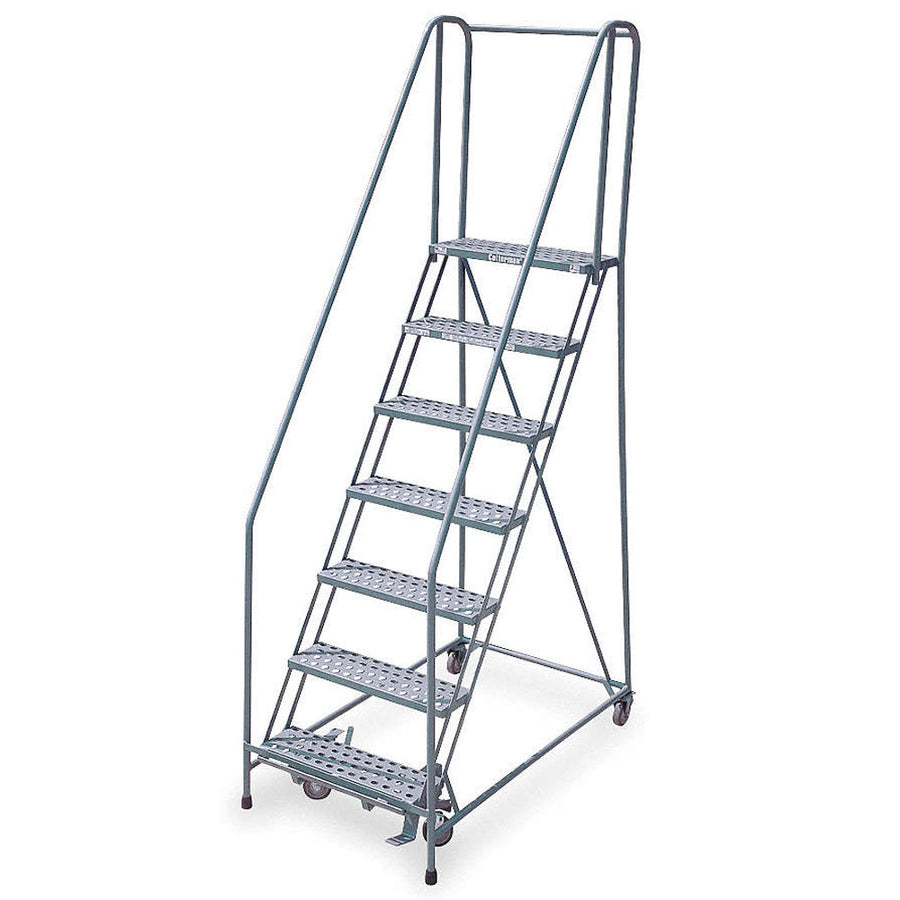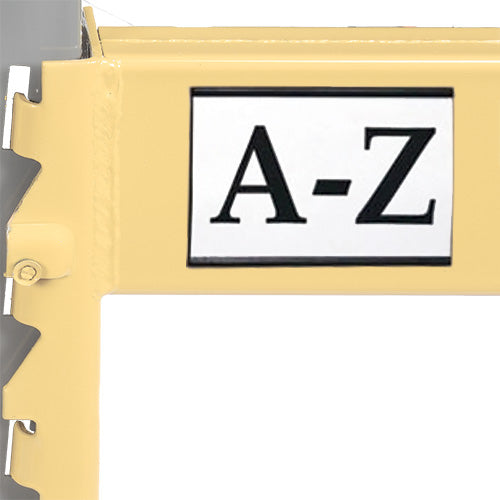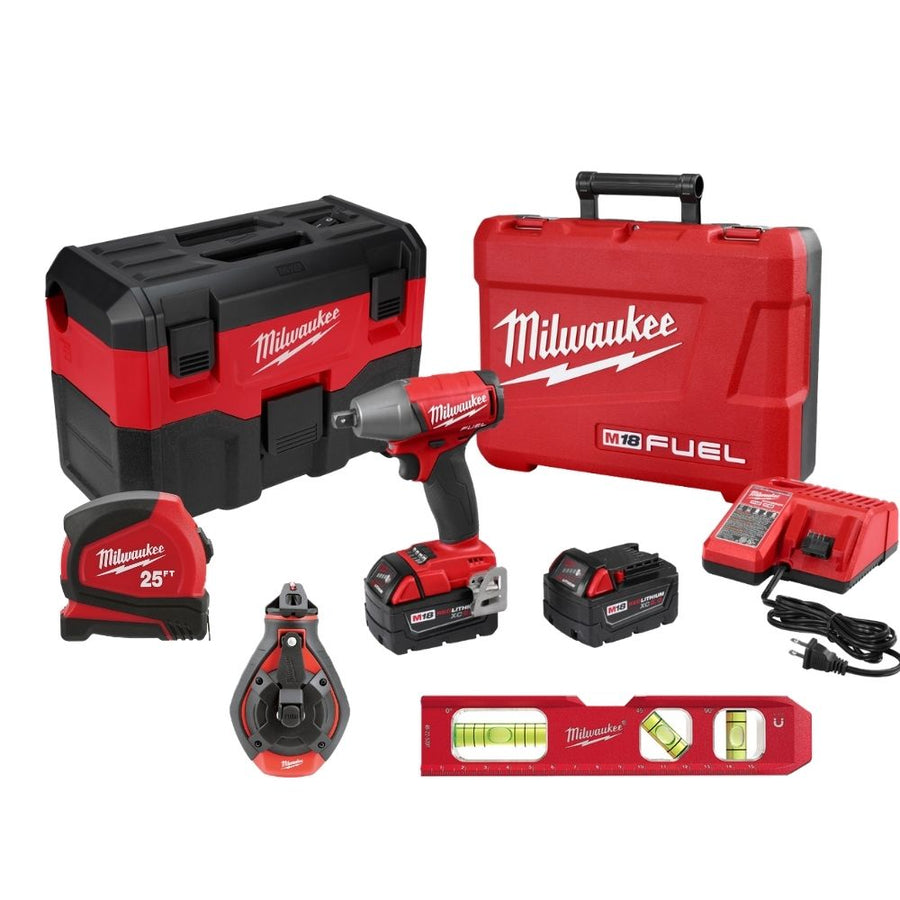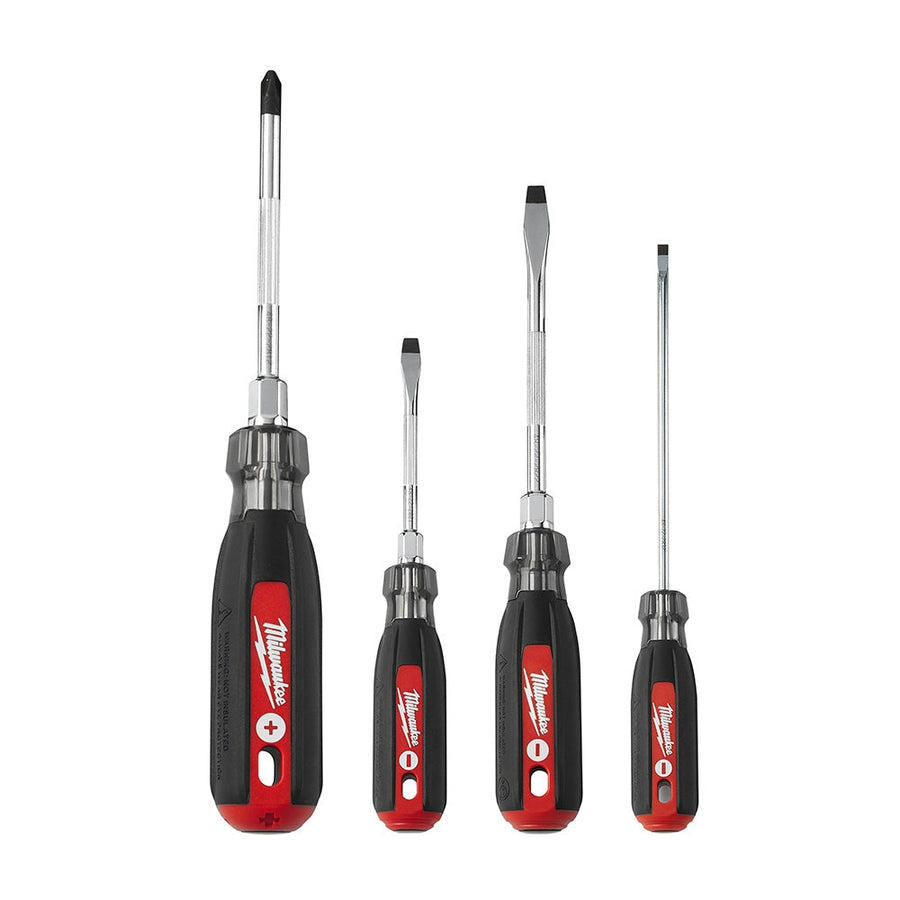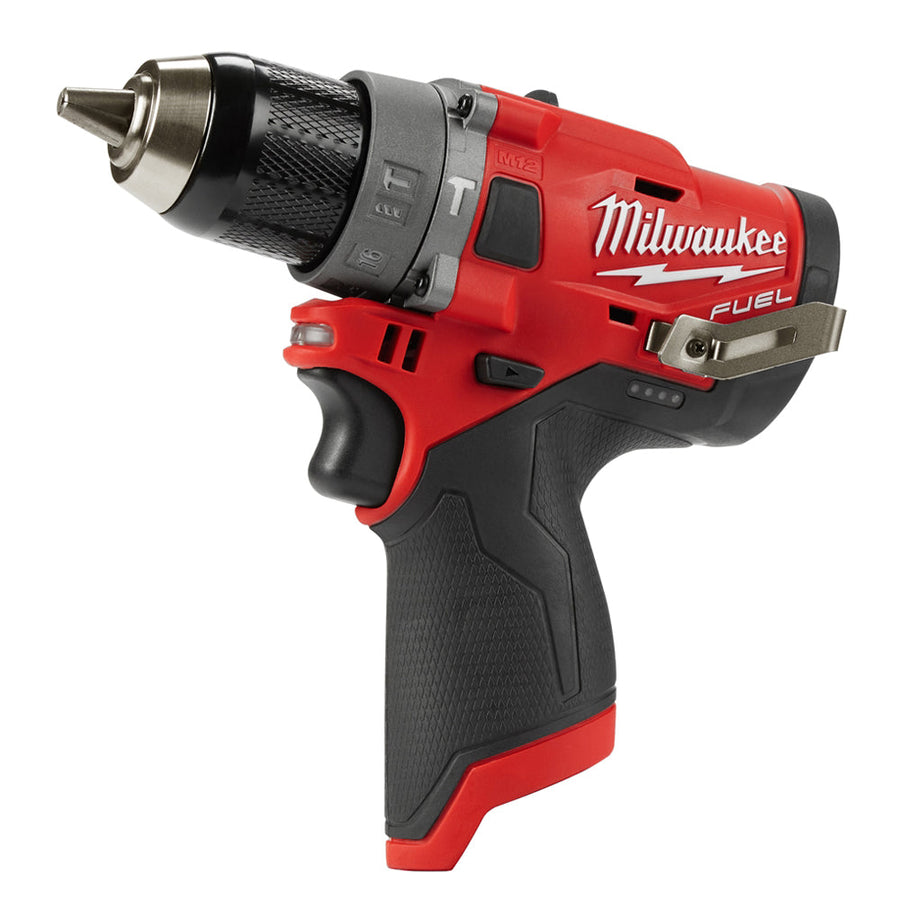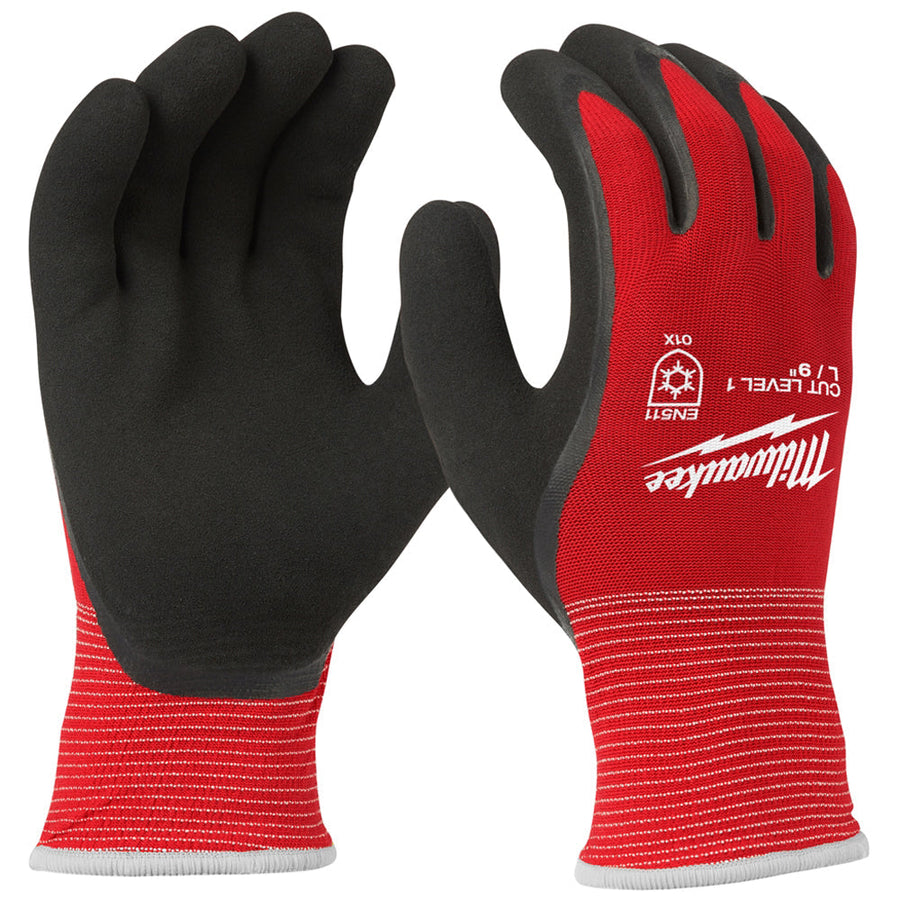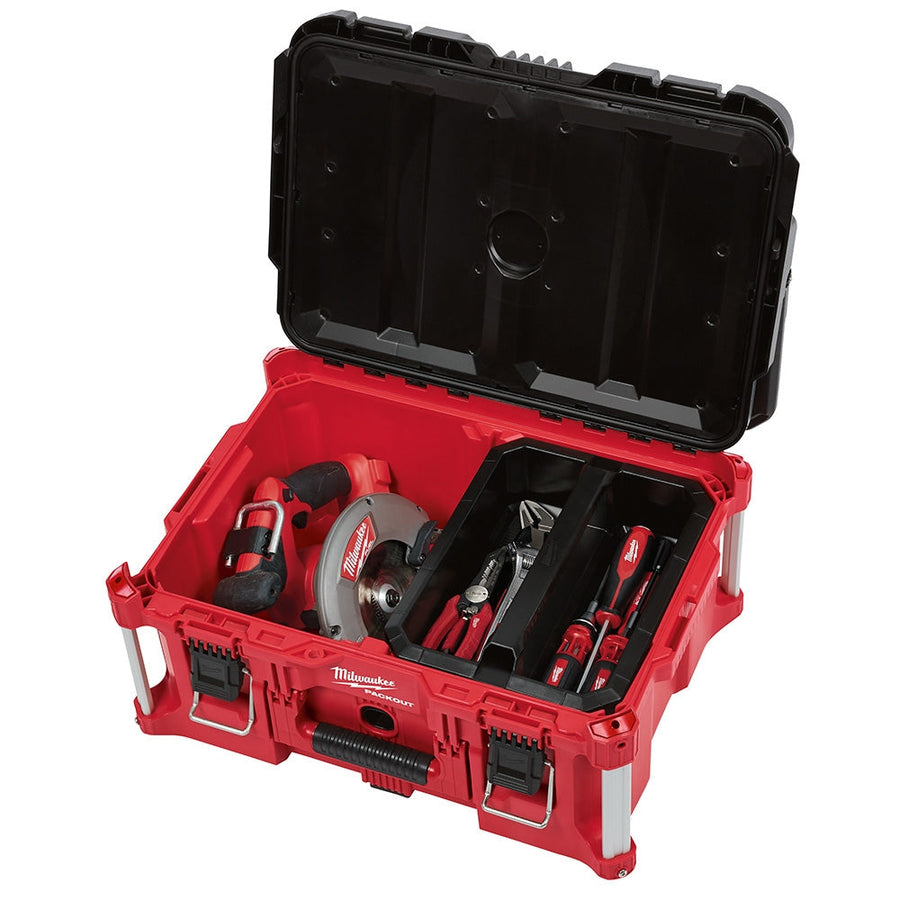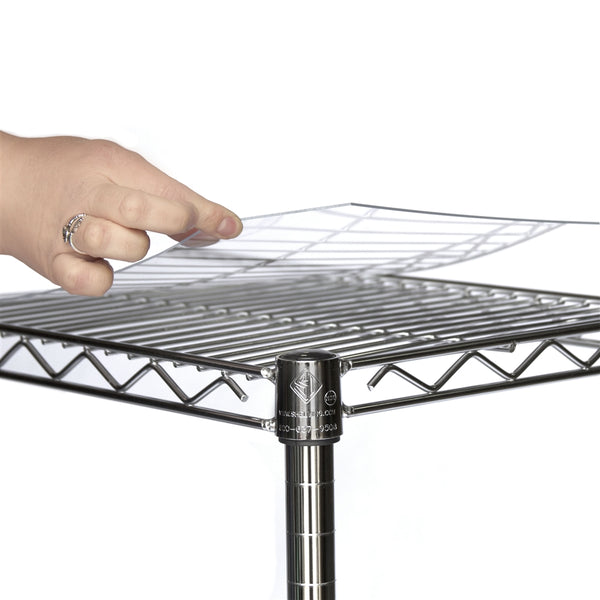For the modern landscape of on-demand warehousing, careful warehouse design and planning is more critical than ever.
While the design of a warehouse has always had a large impact on how the warehouse operates and performs, in the time-sensitive world of on-demand warehousing, careful thought needs to be given to the warehouse’s layout to ensure timeliness. Errors need to be reduced and forethought needs to be given to every aspect of the warehouse to ensure smooth product delivery and an adherence to required delivery times, particularly with e-commerce operations that demand shortened shipping times.
If you run an on-demand warehouse and want some advice to help improve productivity, or if you’re thinking about getting into the game and need to know where to start, here’s our four favorite tips for better on-demand warehouse layout & design:
Clear labeling & signage
Above and beyond typical warehouse concerns, proper labeling of storage areas is crucial for finding products on time and managing traffic. As most on-demand warehouses store a limited number of goods for multiple clients (as opposed to traditional warehouses, where most or all of the space is given over to one vendor), your typical warehouse shelf labels that track product barcodes will need to be assisted by clear signage indicating what vendor is storing what products where. This will help give you a better idea of each partner’s best-selling items and help you track each item more easily.
Storage that reflects the goods being stored
While pallet racking is still a common and versatile solution for most warehouse storage, you need to take into account exactly what goods are being stored, and how you could better store them. Does one of your vendors deal in perishable goods that need sterile shelving to maintain freshness? Can you use plastic shelving to store products or parts containing chemicals? How heavy are the goods, and how are they being shipped - individually or on heavier pallets? Ask yourself these questions before the items really start flowing in and you can save yourself a lot of time and energy accommodating for them later.
Manage traffic accordingly
On-demand warehouses typically don’t have a lot of lead time when it comes to the item picking process, and this can create a lot of potential traffic snarls. Try to differentiate between areas where forklifts need to be used and areas of strong foot traffic to prevent potential injury and help your picking team get to their items more effectively. Start by dividing up your most frequently-sold items from items that don’t move as fast (separated per vendor) and then divide by weight and size so your pickers can get to the individual items more quickly. Warehouse storage bins may come in handy for this task.
Keep an eye out for turnover
In any on-demand warehouse, turnover will be a necessary fact of life. Plan ahead to be flexible with your space, and try to arrange your products by FIFO (first-in-first-out) so you can easily remove any goods you’re no longer selling or storing when the vendor moves on.


